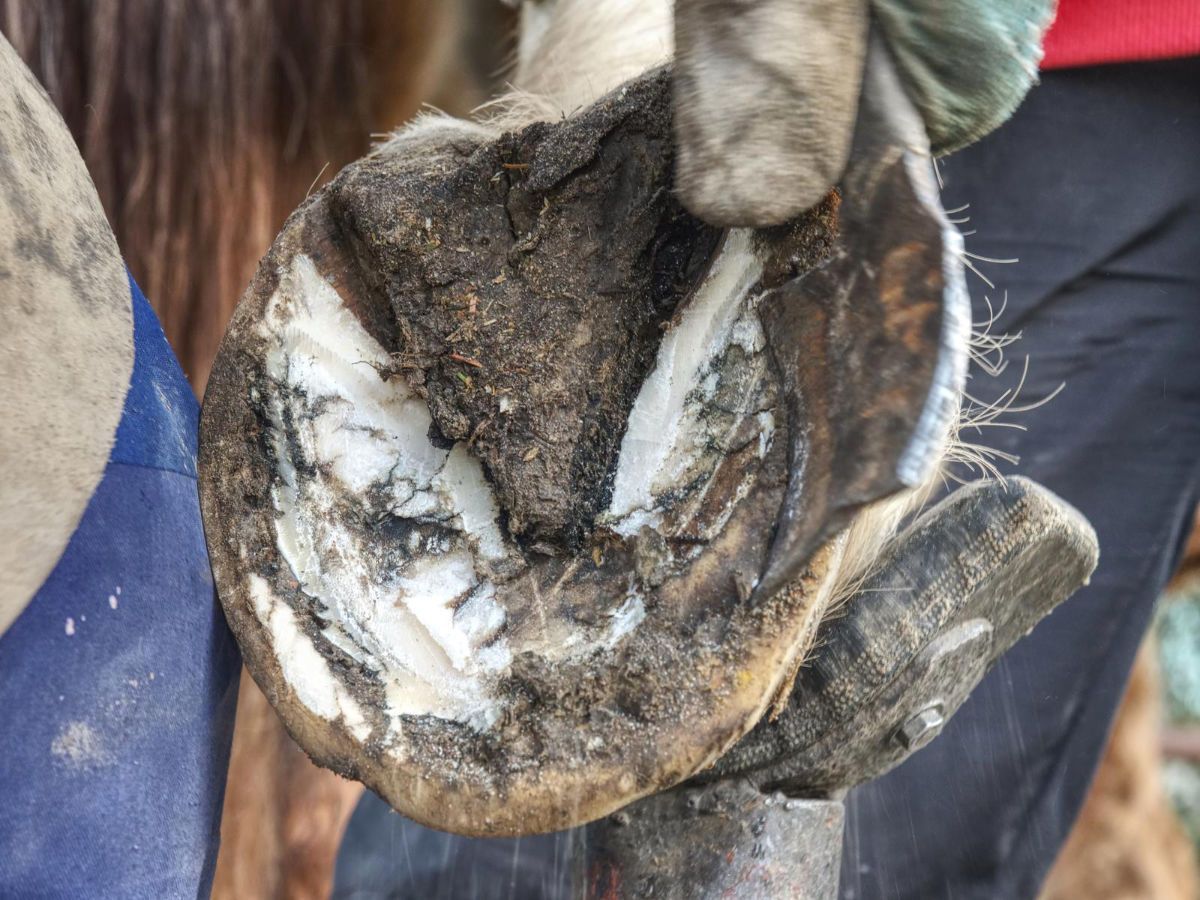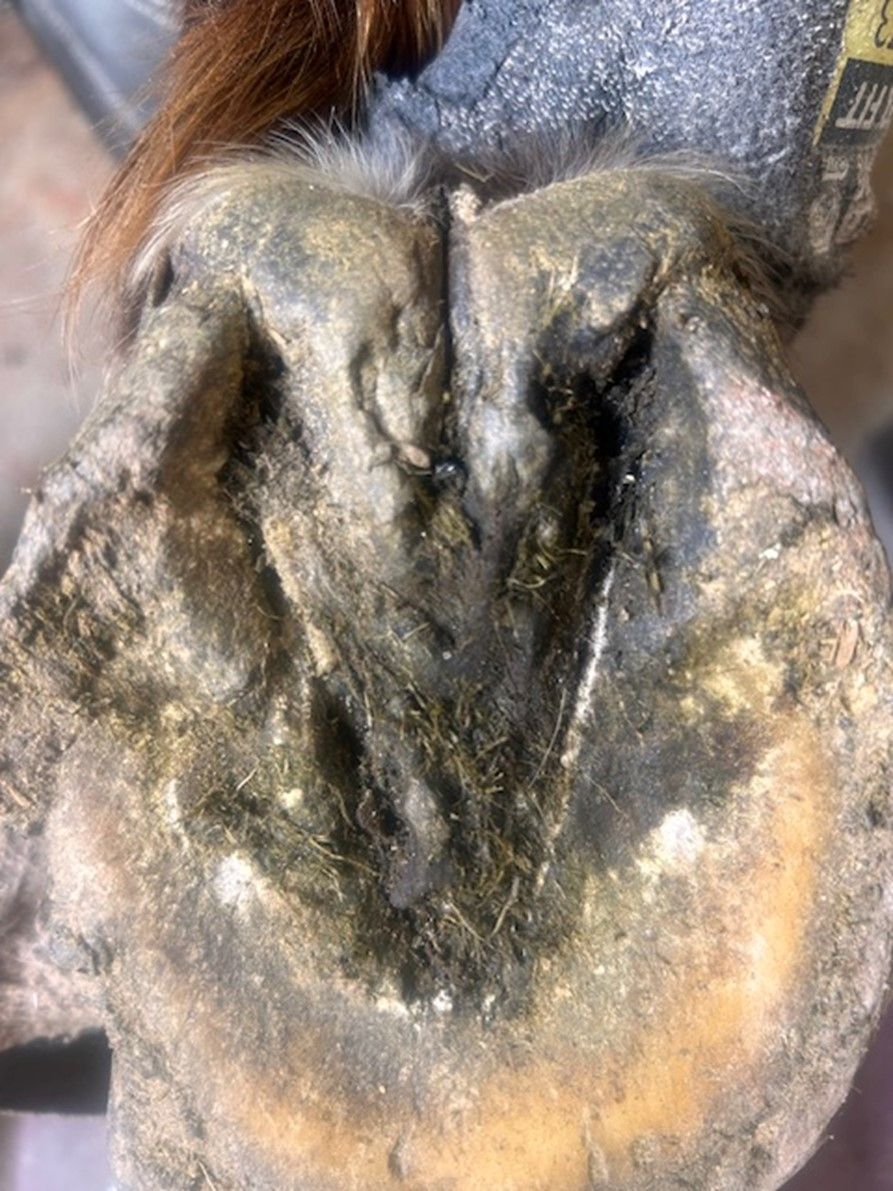No Hoof, No Horse! The Importance of Regular Hoof Care for Horses
Wild Hoof Equine • January 14, 2025
As a horse owner, it's essential to prioritize your equine companion's hoof health. Regular hoof care is crucial for maintaining the overall well-being and performance of your horse. Neglecting hoof care can lead to a range of problems, from mild discomfort to severe lameness and even long-term damage.

Why Hoof Care Matters
Horses' hooves are made of a protein called keratin, which grows continuously throughout their lives. If not properly maintained, hooves can become cracked, chipped, or distorted, leading to pain and discomfort. Even more, the internal structures can fall victim to a myriad of pathologies. Regular hoof care helps to:
- Prevent lameness:
Proper trimming (and shoeing if necessary) can help prevent lameness and reduce the risk of injury.
- Maintain balance:
Balanced hooves support balanced wear (barring any body issues), reducing the risk of strain on joints and muscles.
- Promote healthy growth:
Regular trimming encourages healthy hoof growth.
- Detect potential issues: Regular evaluation can help identify potential problems, such as thrush, inflammation, etc., before they become severe.
What Constitutes Regular Hoof Care?
Regular hoof care involves:
- Trimming:
Trimming every 4-6 weeks to maintain proper hoof shape and length.
- If Shoeing: Shoeing every 4-6 weeks to provide support and protection for the hooves.
- Evaluations: Regular inspections to check for signs of wear, cracks, or other issues.
- Cleaning: Daily cleaning of the hooves to remove dirt and debris.
Consequences of Neglecting Hoof Care
Neglecting hoof care can lead to a range of problems, including:
- Lameness: Pain and discomfort can cause lameness, making it difficult for your horse to move or perform.
- Infection: Cracks and chips can become infected, leading to abscesses, white line disease, or thrush.
- Long-term damage:
Neglecting hoof care can lead to long-term damage, such as hoof deformities, chronic lameness, or dysfunction of the internal structures.
- Coffin bone angle involvement: Studies have shown that at 4 weeks into the cycle, the coffin bone angle changes anywhere from 1.5 to 3 degrees. Shorter cycles allow for a more consistent situating of the coffin bone and internal structures.
TLDR:
- Regular hoof care (4-6 week cycles) is the most efficient means to keep educated eyes on your horse’s feet and allows for more progress to be made at each trim.
- Studies have shown that at 4 weeks into the cycle, the coffin bone angle changes 1.5 to 3 degrees. Shorter cycles allow for a more consistent situating of the coffin bone and internal structures.

By Wild Hoof Equine
•
January 25, 2025
Thrush is an anaerobic bacterial infection that can cause an array of issues. Often the frog is the primary victim, though the central sulcus can be a forgotten area of attack. The central sulcus is the top/center of the widest part of the frog (at the back of the foot). Central sulcus thrush can create a “butt crack” appearance. This infection can be very painful for the horse and can even alter their landing to avoid impact on infected tissue. Landing may switch from the ideal heel first landing, to flat or toe first landings (which comes with its own myriad of biomechanical issues).
